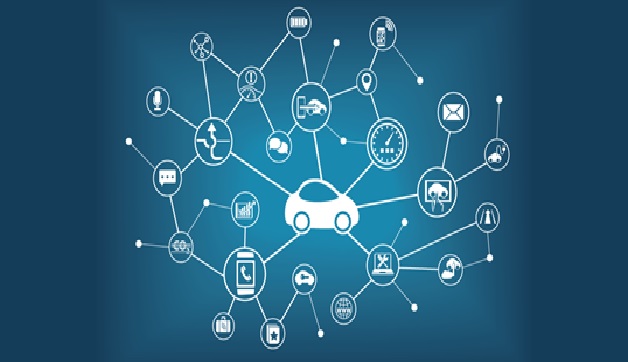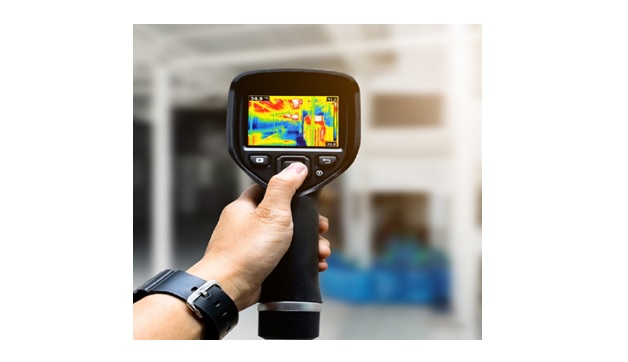Digital Humans
Digital human technology takes artificial intelligence (AI) applications to a whole new level. It purports that you can have 3D, almost photorealistic renditions of human beings in the virtual world that are indistinguishable from the real thing. As business leaders and users, in general, become more comfortable with widespread application of AI, digital humans are no longer limited to a futuristic theory.[1]

Figure. 1.Digital Humans
Traditionally, digital humans have been widely used in media and entertainment, from video game characters to CGI characters in movies. But the process to create a digital human is extremely labor-intensive and manual. It requires hundreds of domain experts such as artists, programmers, and technical artists. Plus, humans understand when an artificial human is fake. We’re extremely sensitive to the uncanny valley effect, so we know when something is off.[2]
Impartance of Digital Humans
To start, the use of AI digital assistants has great potential in industries like healthcare and retail. For medical professionals, digital assistants can help improve training and procedures. Doctors can operate in a realistic simulation, and they can conduct the simulation hundreds of times to ensure they get the best results before performing the surgery in real life. In retail, AI digital assistance can enhance customer services by providing a more personalized experience.[2]
Benefits
- Availability. At your service 24/7.
- Empathy. Emotionally engaging experiences.
- Consistency. The same experience for every user.[3]
References:
- https://www.xrtoday.com/virtual-reality/what-are-digital-humans-conversational-bots-like-youve-never-seen-before/
- https://developer.nvidia.com/blog/an-era-of-digital-humans-pushing-the-envelope-of-photorealistic-digital-character-creation/
- https://www.trulience.com/benefits
Cite this article:
Sindhu.C (2022) Digital Humans, AnaTechMaz, pp. 60















